Top horror movies that defined the genre
From chilling classics to modern masterpieces, certain horror movies have left an indelible mark on cinema history. These films didn't just scare audiences; they changed how we think about fear itself. Prepare to revisit some of the most influential and terrifying movies ever made.
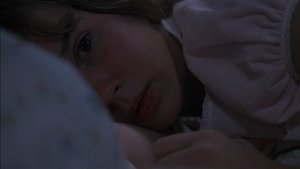

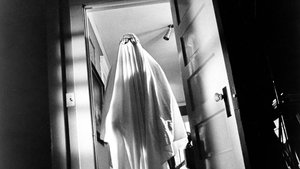
Horror cinema has always held a unique power to confront our deepest fears, forcing us to grapple with the unknown, the monstrous, and the unsettling aspects of the human psyche. From the groundbreaking psychological suspense of Alfred Hitchcock's Psycho, which dared to kill off its star early on, to the visceral, unrelenting dread of films like The Texas Chain Saw Massacre, the genre constantly pushes boundaries. We've seen terror rooted in the supernatural, challenging faith and sanity in classics like The Exorcist, and explored the chilling isolation of space in Alien. More recently, filmmakers have masterfully blended horror with social commentary, as seen in Get Out, or tapped into primal, atmospheric fears in films like The Witch and Hereditary. These films aren't just about jump scares; they often reflect societal anxieties and redefine what it means to be truly scared on screen. They leave a lasting impact, proving that the dark corners of cinema remain fertile ground for unforgettable nightmares.
14. The Babadook (2014)
Some monsters are born from grief. Jennifer Kent's The Babadook is a deeply unsettling psychological horror film that uses a seemingly innocent children's pop-up book to explore the darker side of motherhood and unresolved trauma. Essie Davis gives a raw and powerful performance as a widowed mother struggling to cope with her difficult son and a mysterious entity that manifests from the book. The Babadook creature design is simple yet incredibly effective, embodying the creeping dread and buried emotions within the family's home. It's a film that works on multiple levels, offering genuine scares while also providing a poignant and disturbing look at the monsters we create within ourselves.

13. The Conjuring (2013)
Based on the case files of paranormal investigators Ed and Lorraine Warren, James Wan's The Conjuring revitalized mainstream horror upon its release in 2013. The film centers on the Perron family, who are terrorized by a malevolent presence in their farmhouse, and the Warrens' efforts to help them. Vera Farmiga and Patrick Wilson are fantastic as the Warrens, bringing a sense of weary conviction to their roles. Wan employs classic haunted house tropes and expertly crafted jump scares, but also focuses on building character and atmosphere. Its massive success launched an entire cinematic universe of interconnected horror films, proving the enduring appeal of a well-told ghost story.

12. It Follows (2015)
It follows you, slowly, relentlessly, and it can be anyone. David Robert Mitchell's It Follows took the horror world by storm with its simple yet terrifying concept: a supernatural entity is passed from person to person through sexual contact, and it will relentlessly pursue its victim until it catches them. The entity can look like anyone, adding a layer of paranoia and distrust to every scene. The film has a dreamlike, timeless quality, thanks to its deliberately ambiguous setting and its pulsing, retro-inspired synth score by Disasterpeace. It's a clever and atmospheric take on classic horror tropes, creating a sense of dread that is hard to shake.
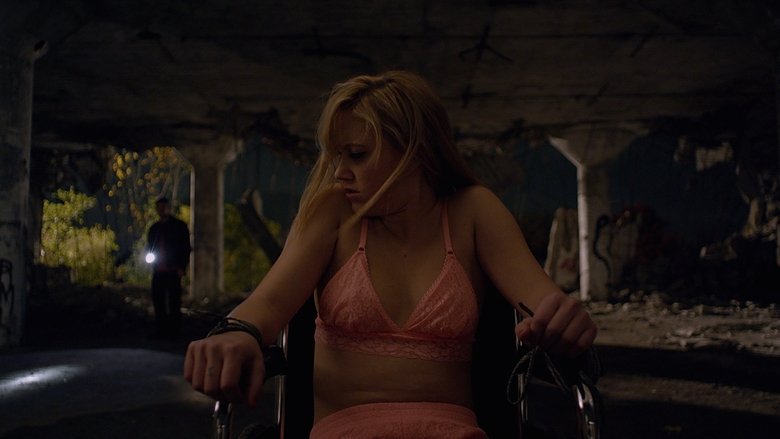
11. The Witch (2016)
Step back in time to 17th-century New England, where piety and paranoia breed terror. Robert Eggers' The Witch is a meticulously crafted folk horror film that immerses you in its historical setting and atmosphere of dread. Focusing on a Puritan family cast out from their community, the film explores themes of religious fanaticism, hysteria, and the fear of the unknown forces lurking in the woods. Eggers used period-accurate dialogue and details to create an incredibly authentic and unsettling world. Anya Taylor-Joy gives a compelling early performance as Thomasin, navigating accusations and dark forces. It's a film that relies on mood, suggestion, and a growing sense of unease rather than jump scares, offering a chillingly authentic dive into historical fears.
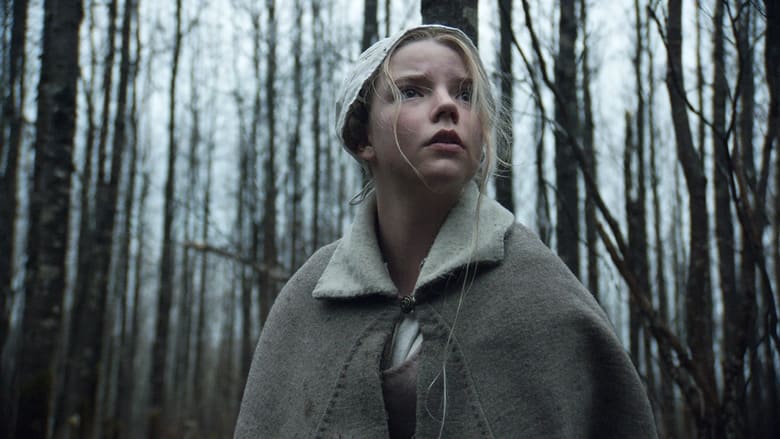
10. A Quiet Place (2018)
Silence is your only shield. John Krasinski's A Quiet Place presents a unique and instantly compelling premise: a family must live in near-total silence to survive creatures that hunt by sound. This concept is used to brilliant effect, creating sequences of excruciating tension where the slightest noise could mean certain death. The film's sound design is crucial and expertly crafted, making the absence of sound as terrifying as loud bursts. Krasinski also stars alongside Emily Blunt, and their chemistry as parents trying to protect their children adds a strong emotional core to the high-concept horror. It's an inventive and suspenseful thriller that proved silence can be deafeningly scary.

9. Hereditary (2018)
Family secrets can be the most terrifying of all. Ari Aster's directorial debut, Hereditary, is an emotionally devastating and deeply unsettling horror film that explores grief, trauma, and the idea of inherited fate. Toni Collette delivers a powerhouse, Oscar-worthy performance as the matriarch of a family dealing with the aftermath of a death, only for supernatural events to begin unfolding. The film builds its dread through an oppressive atmosphere, disturbing imagery, and a sense of inescapable doom. It's a slow burn that culminates in moments of intense horror and psychological terror, leaving a lasting, disturbing impression long after the credits roll.

8. Get Out (2017)
Stepping into the horror genre with astounding confidence, Jordan Peele's Get Out is a modern classic that blends sharp social commentary with genuine scares. Released in 2017, the film follows Chris, a young Black man, as he visits his white girlfriend's seemingly perfect family for the first time, only to uncover a horrifying secret beneath their liberal facade. Daniel Kaluuya's performance is captivating, navigating the subtle and overt horrors Chris faces. Peele masterfully uses horror tropes to explore themes of racism and appropriation in a way that is both thought-provoking and terrifyingly effective. It's smart, suspenseful, and undeniably impactful cinema.

7. The Texas Chain Saw Massacre (1974)
Prepare for a raw, gritty, and utterly relentless experience. Tobe Hooper's The Texas Chain Saw Massacre, released in 1974, feels less like a movie and more like a descent into pure, unhinged madness. Despite its title, the film is surprisingly light on graphic gore compared to its reputation, relying instead on a suffocating atmosphere of dread, unsettling sound design, and a documentary-like aesthetic that makes it feel terrifyingly real. The introduction of Leatherface and his deranged family created some of horror's most infamous villains. It was initially marketed as being based on a true story (loosely inspired by serial killer Ed Gein, though not the chainsaw part), which added to its disturbing aura. It's a brutal, influential landmark in horror cinema.
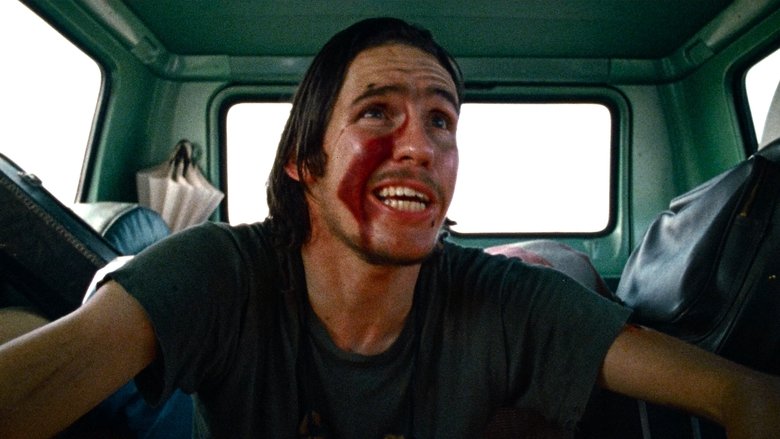
6. Rosemary's Baby (1968)
Trust your instincts, even when everyone tells you you're being paranoid. Roman Polanski's Rosemary's Baby is a psychological horror masterpiece from 1968 that preys on the fear of isolation and betrayal. Mia Farrow gives a fragile yet powerful performance as Rosemary Woodhouse, a young woman who becomes increasingly suspicious of her neighbors and even her own husband after moving into a seemingly idyllic apartment building. The horror isn't overt; it's a slow, creeping dread that builds through subtle hints and unsettling interactions. The film is a chilling exploration of gaslighting and the power of suggestion, leaving the audience questioning reality alongside Rosemary. It's sophisticated, unsettling, and utterly captivating.

5. Halloween (1978)
The night he came home! John Carpenter's Halloween, from 1978, is the definitive slasher film and a cornerstone of modern horror. Made on a shoestring budget, its success proved that you didn't need big stars or elaborate effects to create pure, sustained terror. Carpenter's minimalist synth score is instantly recognizable and perfectly amplifies the dread. The introduction of Michael Myers, the silent, masked killer, created a terrifying archetype that has been imitated countless times. Jamie Lee Curtis's debut as Laurie Strode set the standard for the 'final girl' trope. It's a lean, mean horror machine that relies on suspense and atmosphere rather than gore, and its influence is immeasurable.

4. Alien (1979)
In space, no one can hear you scream... but you'll definitely want to. Ridley Scott's Alien is a masterclass in atmospheric science fiction horror. Released in 1979, it blended genres seamlessly, creating a claustrophobic, terrifying experience aboard the commercial spaceship Nostromo. H.R. Giger's biomechanical creature design for the Xenomorph is iconic and genuinely nightmarish, unlike anything seen before. Sigourney Weaver's portrayal of Ripley was groundbreaking, establishing one of cinema's greatest action heroes – male or female. The film excels at building tension through its stark visuals and sound design, proving that what you don't see can often be far more frightening than what you do. It's a classic for a reason.

3. The Exorcist (1973)
For sheer, visceral terror and groundbreaking effects that still hold up, look no further than The Exorcist. William Friedkin's 1973 film caused a sensation – and fainting spells – upon its release, pushing the boundaries of what horror could depict on screen. Based on William Peter Blatty's novel, which was inspired by an alleged real-life exorcism, the film delves into themes of faith, doubt, and the battle between good and evil with unflinching intensity. The performances, particularly by Ellen Burstyn as the desperate mother and Linda Blair as the possessed child, are absolutely harrowing. The practical effects were revolutionary and contributed significantly to the film's raw, disturbing power. It's a film that doesn't just scare you; it gets under your skin and stays there.

2. The Shining (1980)
All work and no play makes Jack a dull boy... or perhaps something far, far worse. Stanley Kubrick's adaptation of Stephen King's The Shining is a cinematic fever dream that continues to fascinate and terrify decades later. While King himself famously wasn't a fan of the adaptation, Kubrick's vision created something uniquely unsettling and visually stunning. Jack Nicholson delivers a performance that is nothing short of electrifying, charting a descent into madness that is utterly compelling. The vast, empty halls of the Overlook Hotel feel like a character unto themselves, full of unsettling history and psychological weight. The film is packed with visual clues and ambiguities that have sparked countless theories and analyses, making it a film you can revisit again and again, always finding something new to ponder... and fear.

1. Psycho (1960)
Prepare to check into the Bates Motel, but you may never check out! Alfred Hitchcock's masterpiece, Psycho, completely rewrote the rules of cinema and shock. Released in 1960, it was revolutionary for its time, featuring plot twists that stunned audiences and a score by Bernard Herrmann that is instantly recognizable and unnervingly effective. Hitchcock famously bought up copies of the Robert Bloch novel to prevent spoilers, showing just how much he believed in the power of its surprises. Janet Leigh's performance as Marion Crane is iconic, but it's Anthony Perkins' portrayal of Norman Bates that truly chills you to the bone. This film isn't just scary; it's a foundational text for modern horror and suspense, proving that true terror often lies in the places you least expect.

